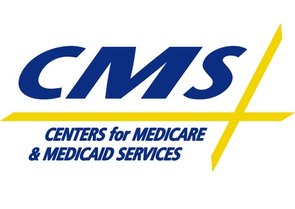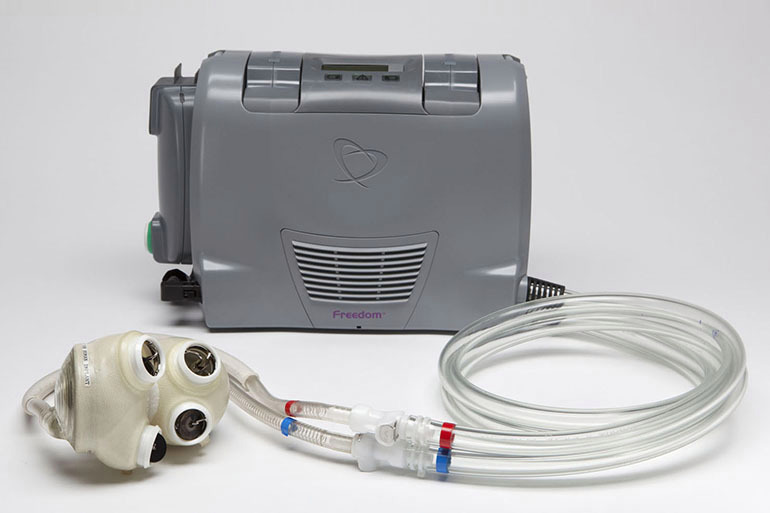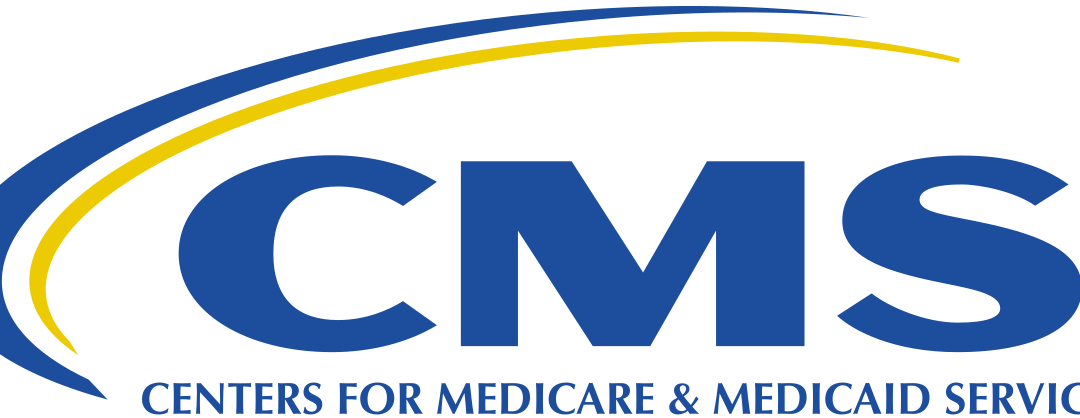The Centers for Medical & Medicaid Services (CMS), a part of the US Department of Health and Human Services (HHS), has published a policy on Artificial Hearts and related devices, including Ventricular Assist Devices for Bridge-to-Transplant and Destination Therapy. The present document actually constitutes a final version of the policy initially published by the CMS earlier in August.

Regulatory Background
The CMS announces the amendments to the separate National Coverage Determinations (NCDs). In particular, the CMS removes the NCD for Artificial Hearts and Related Devices prescribed under the §20.9 of the Medical National Coverage Determination Manual and also revises the NCD set forth under the §20.9.1 regarding the Ventricular Devices (VADs) for Bridge-to-Transplant and Destination Therapy.
The document also describes the main concepts associated with the use of Ventricular Assist Devices.
Mechanical Circulatory Support devices – a category that covers a wide range of implantable medical devices intended to sustain the normal operations of the heart or perform its functions. Such devices could be divided into the two main groups: artificial hearts, which are intended to entirely replace the natural heart, and to perform its functions (hence, such devices cannot be removed); and Ventricular Assist Devices intended to assist the natural heart in performing its blood pump functions (in case of recovery, such devices could be removed). Before the VAD implantation, the patients should be subject to rigorous clinical testing to be carried out in order to determine whether they actually require such an intervention, and also whether they meet the applicable criteria. In some cases, the optimal solution is the implantation of Left Ventricular Assist Devices (LVADs). Initially developed for short-time heart function support, now such devices could be used as “bridge to transplant (BTT)” devices for the patients included in a transplant waitlist. Nowadays such devices are used as temporary solutions for a wide range of patients requiring further treatment.
The present policy for artificial hearts and Ventricular Assist Devices has been developed by the CMS in response to the appropriate request from the industry representatives – the medical device manufacturers focused on the design, development, and manufacturing of such products.
In accordance with the Social Security Act, the devices covered by the scope of the present guidelines are assigned to the following Medicare categories:
- Artificial hearts – “Inpatient Hospital Services” and “Prosthetic Devices”;
- Left Ventricular Assist Devices – “Inpatient Hospital Services”.

Framework For Artificial Hearts and Ventricular Assist Devices In Detail
According to the general rule, the CMS performs the evaluation of the clinical evidence in order to determine its quality and sufficiency, and also the impact the medical device in question could potentially cause to the patient health.
In the present policy, the CMS also provides an overview of the guidelines and recommendations related to artificial hearts and ventricular assist devices. For instance, it refers to the appropriate guidance issued by the UK National Institute for Health and Care Excellence (NICE) published in March 2015 – Implantation of a left ventricular assist device for destination therapy in people ineligible for heart transplantation. Interventional procedures guidance. The aforementioned guidance is based on the following points:
- The safety and efficacy evidence existing nowadays is sufficient to support and justify the use of left ventricular assist devices for the patients ineligible for heart transplantation.
- The use of Ventricular Assist Devices should be based on the careful selection of patients. The process of selection of the patients should be performed by a qualified team composed of the appropriate specialist (as described hereinbelow).
- The actual implantation could be performed only by a surgeon having the necessary qualifications, knowledge, and experience, while the subsequent care should be provided by the team of healthcare professionals as described below.
- Despite the high risks associated thereto, the implantation procedures related to LVADs are justified in the terms of benefit-risk balance, since the actual clinical benefit exceeds the potential risks.
- The technologies associated with Ventricular Assist Devices are developing rapidly nowadays. Consequently, both requirements and recommendations related to the use of such medical devices could be subject to changes.
The document also refers to the position regarding the evidence expressed by the European Association for Cardio-Thoracic Surgery (EACTS), as well as provides the indications and contradictions to mechanical support
Summary of Changes
With regard to the medical devices described in the present document, the CMS implements the following regulatory changes.
The CMS announces that the permission of Medicare coverage determination for artificial hearts made by the Medicare Administrative Contractors (MACs) has been repealed.
The changes related to the Ventricular Assist Devices are broader and include, inter alia, the following points:
- The Patient Selection Criteria no longer include such requirements as the inclusion of the patient in the waitlist, or mandatory written permission the implanting site was obliged to obtain previously from the Medicare-approved transplant center before conducting the implantation. Moreover, the CMS also extends the evidence-based selection criteria and modifies them in order to reflect the ones used for contemporary trials.
- At the same time, the criteria related to the facility remain unchanged in order to ensure the accessibility of Left ventricular assist devices (LVADs) for the patients.
Left ventricular assist devices are medical devices approved by the Food and Drug Administration (FDA) to be used for short-term (e.g. bridge-to-recovery and bridge-to-transplant) or long-term (e.g. destination therapy) mechanical circulatory support for heart failure patients who meet the following criteria:
- Have New York Heart Association (NYHA) Class IV heart failure; and
- Have a left ventricular ejection fraction (LVEF) ≤ 25%; and
- Are inotrope dependent or have a Cardiac Index (CI) < 2.2 L/min/m2.
The CMS also emphasizes the importance of ensuring the entities operating with Ventricular Assist Devices employ a sufficient number of healthcare professionals having the necessary knowledge and experience, that are able to provide the proper care and treatment to the patient. For this purpose, the CMS refers to the concept of a team that should include at least the following positions:
- One physician with cardiothoracic surgery privileges. Such a physician shall also have experience of implanting at least 10 LVADs within the previous 36 months.
- One cardiologist specializing in advanced heart failure. Such a cardiologist should also have the knowledge and experience necessary to operate with Ventricular Assist Devices and the appropriate patients requiring such treatment.
- A VAD program coordinator.
- A social worker.
- A palliative care specialist.
A healthcare institution intended to carry out implantation of the Ventricular Assist Devices shall obtain approval from CMS, while the latter is responsible for granting such approvals (providing that all mandatory criteria are met) and publishing the list of approved institutions, which are allowed to provide treatment using VADs.
Summarizing the information provided here above, the CMS policy for artificial hearts and ventricular assist devices addresses the most important aspects related to the use of mechanical circulatory support devices, and also the requirements related to such devices and their use. The document also summarises existing guidelines and recommendations on the matter in order to provide the medical device manufacturers, healthcare institutions, and other parties involved in operations with medical devices covered by the scope of the document with additional information necessary to achieve and sustain compliance with the applicable requirements.
How Can RegDesk Help?
RegDesk is a next-generation web-based software for medical device and IVD companies. Our cutting-edge platform uses machine learning to provide regulatory intelligence, application preparation, submission, and approvals management globally. Our clients also have access to our network of over 4000 compliance experts worldwide to obtain verification on critical questions. Applications that normally take 6 months to prepare can now be prepared within 6 days using RegDesk Dash(TM). Global expansion has never been this simple.
Sources:

